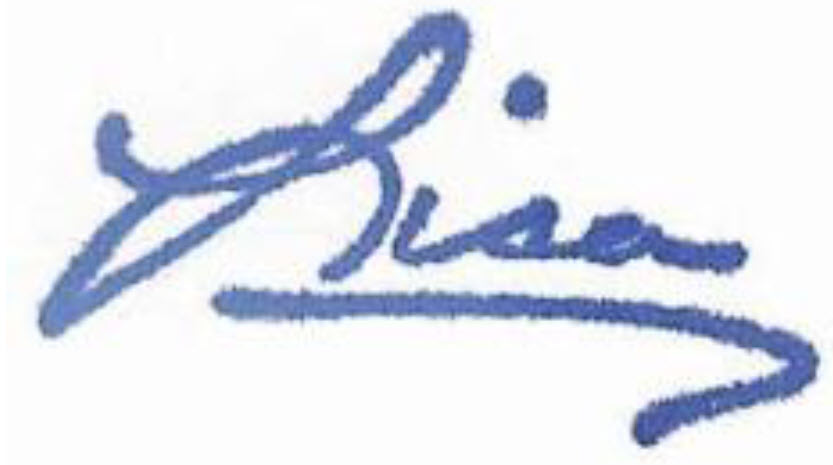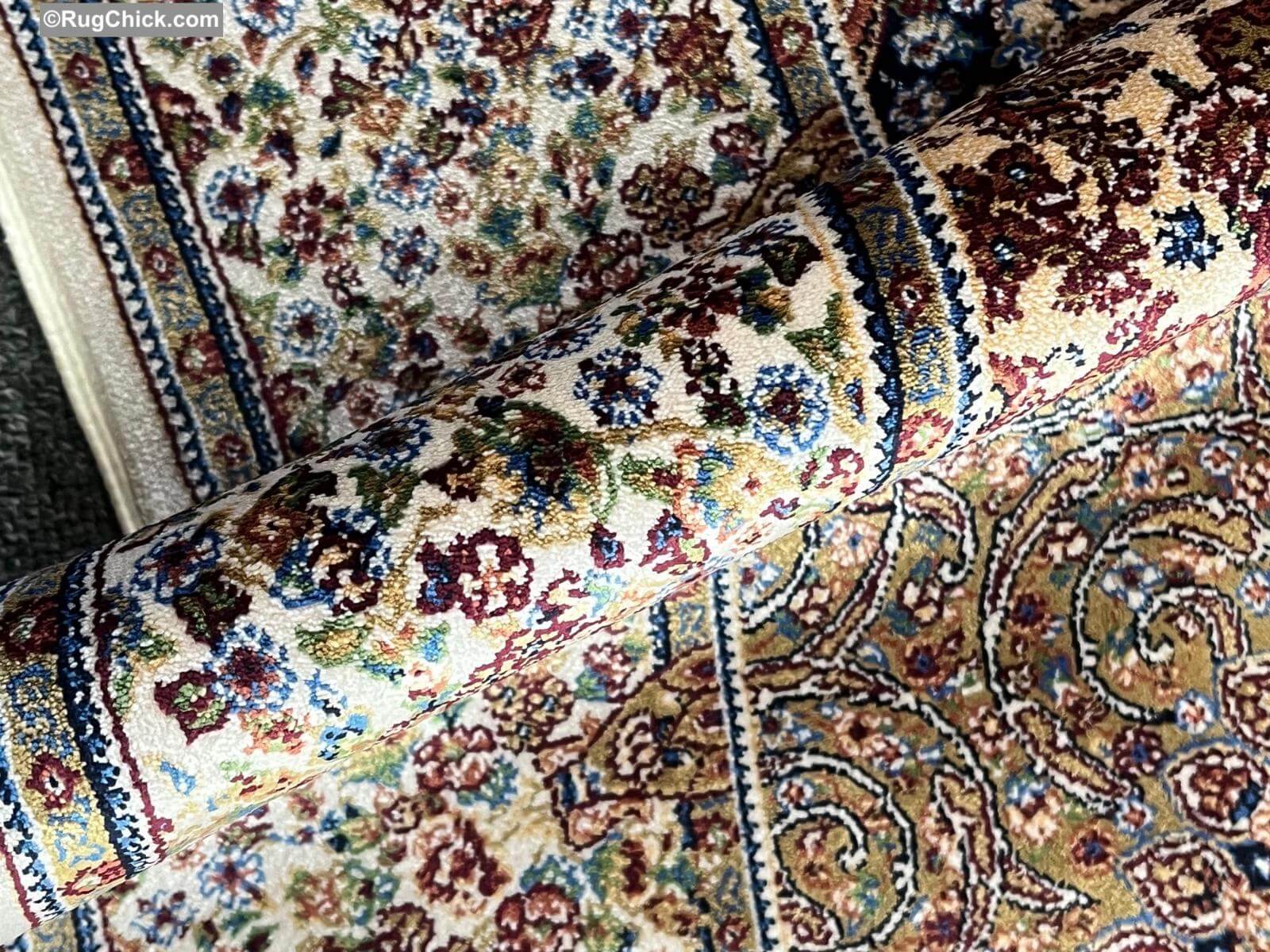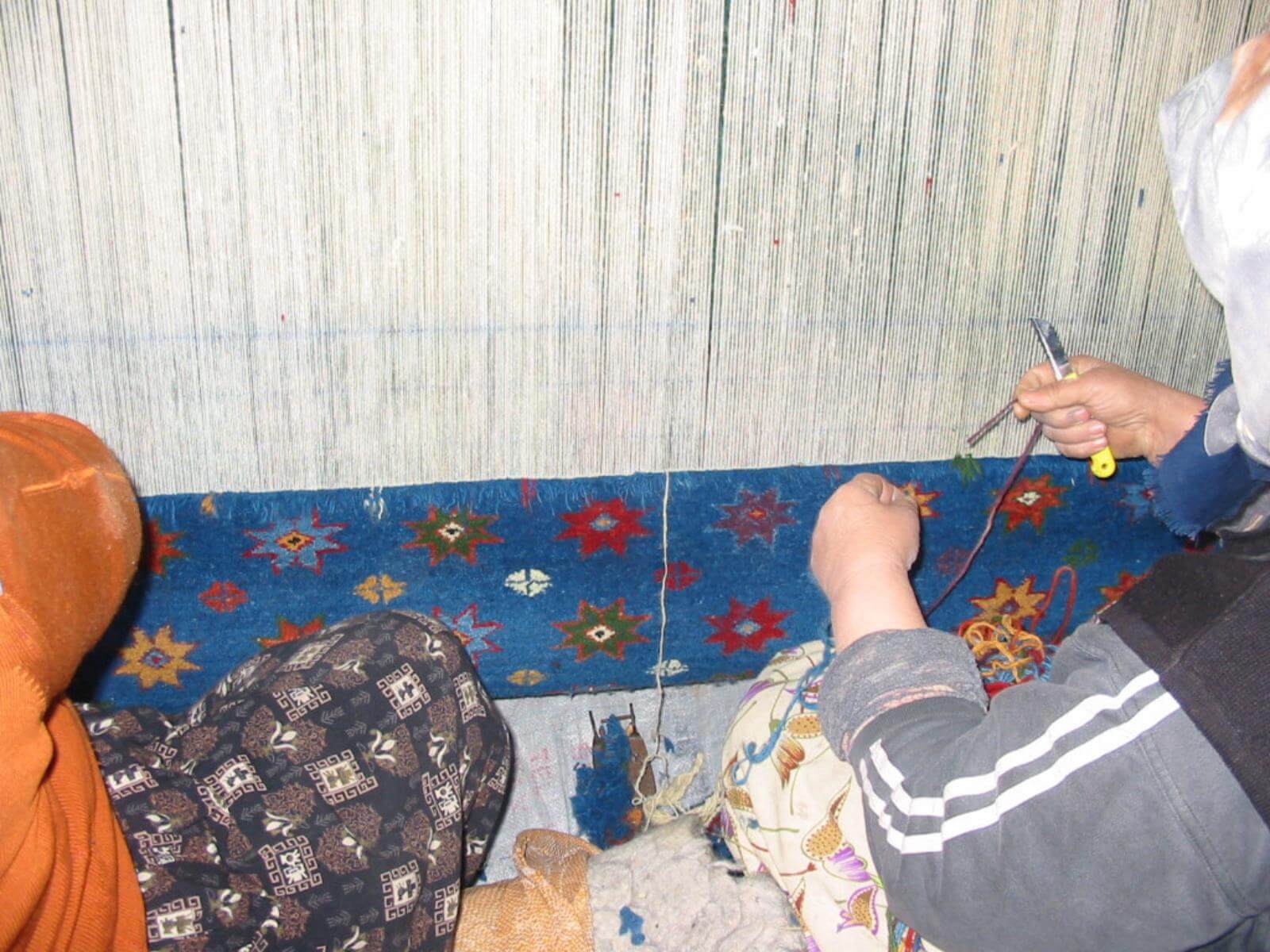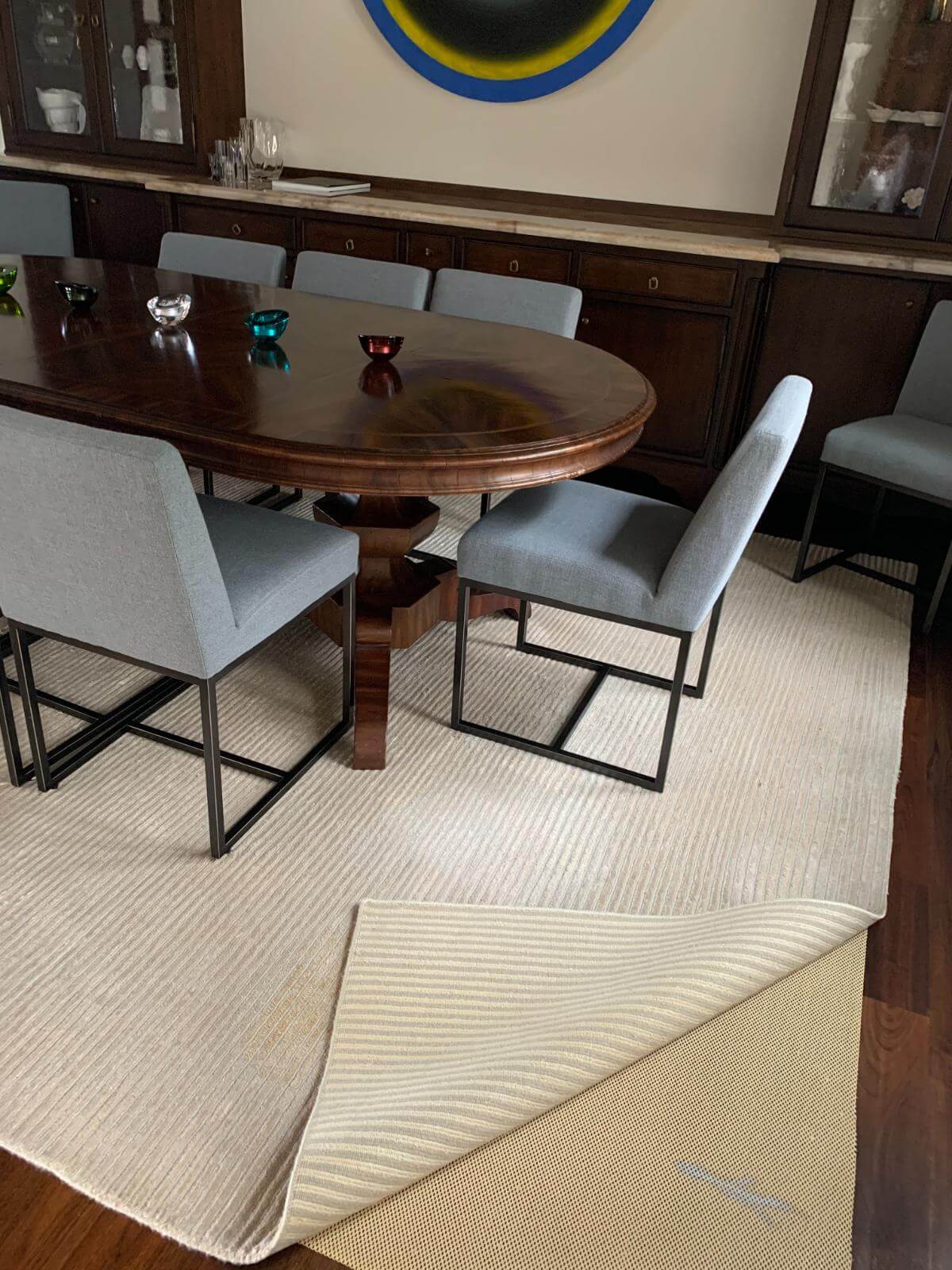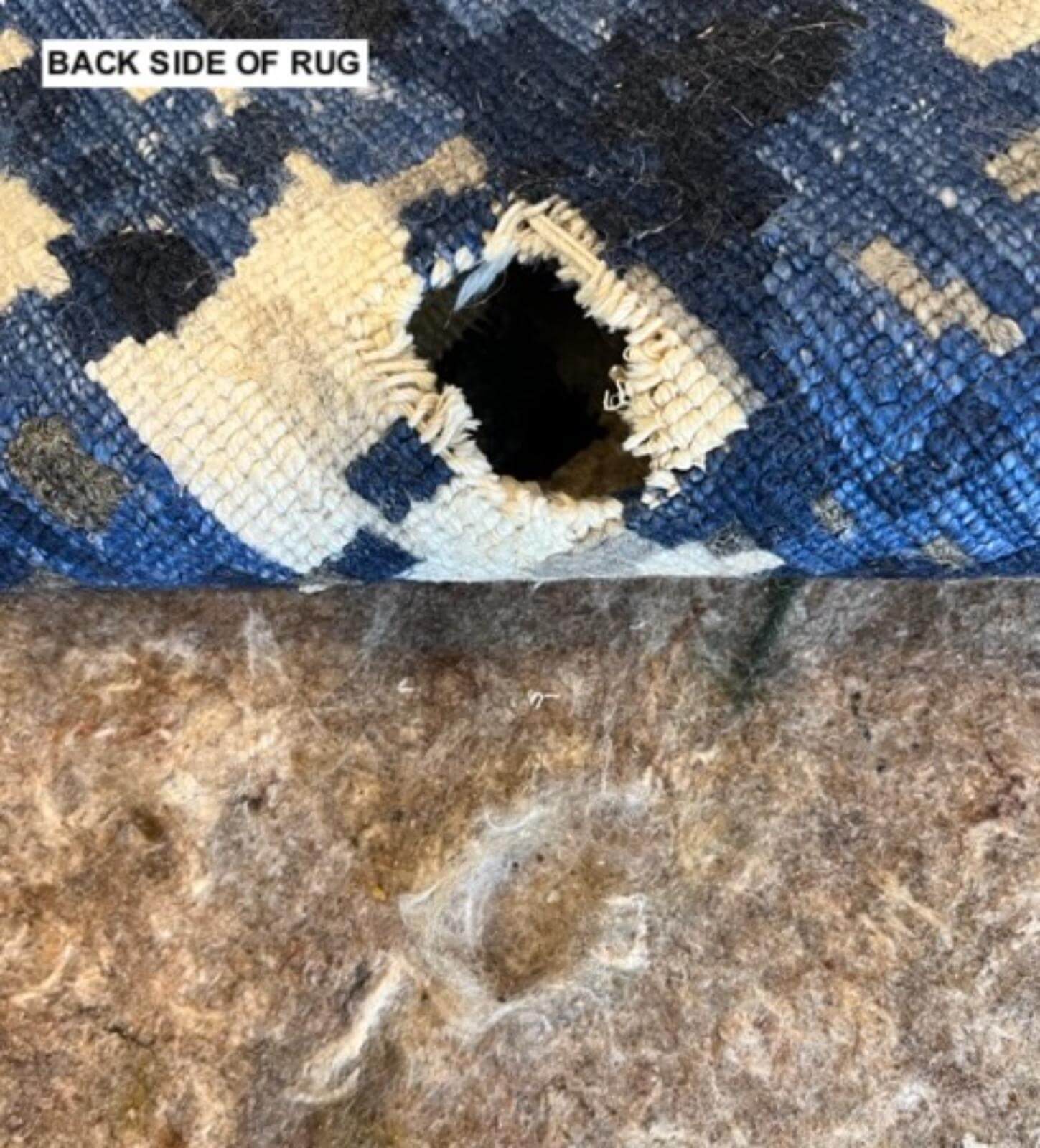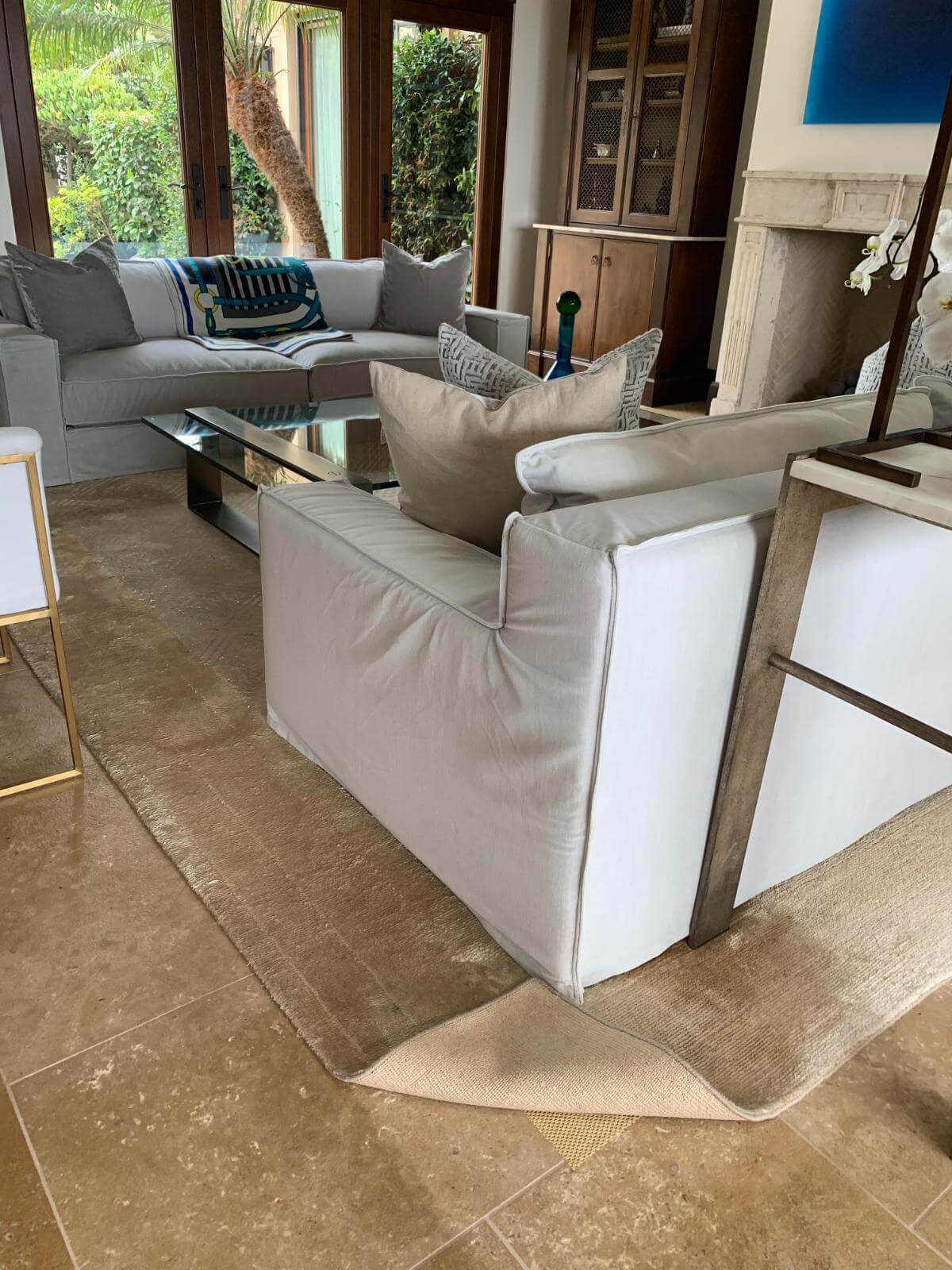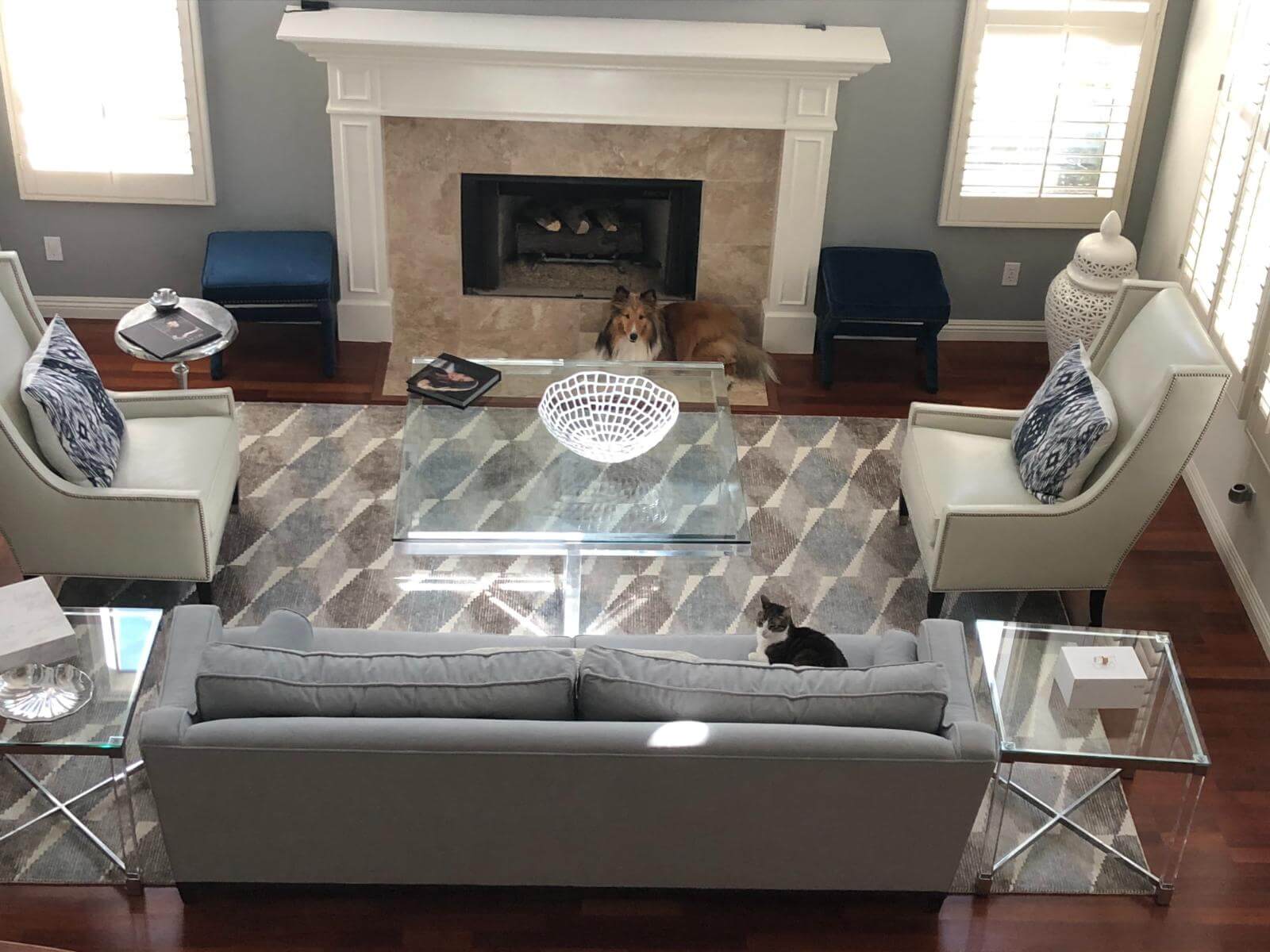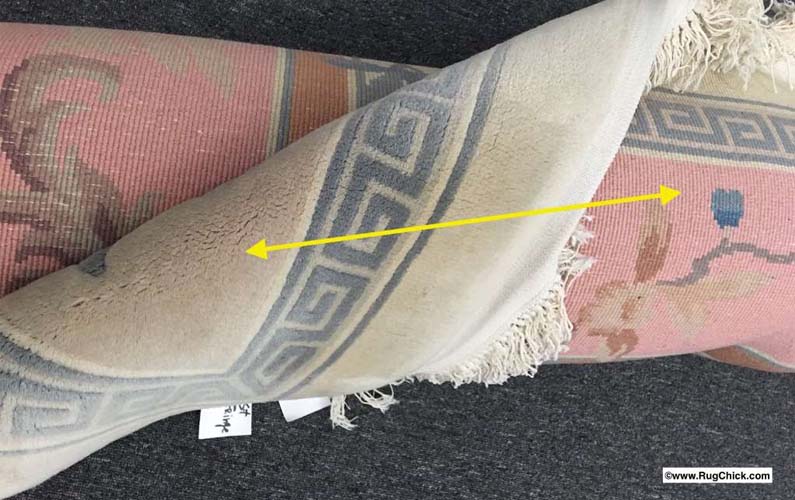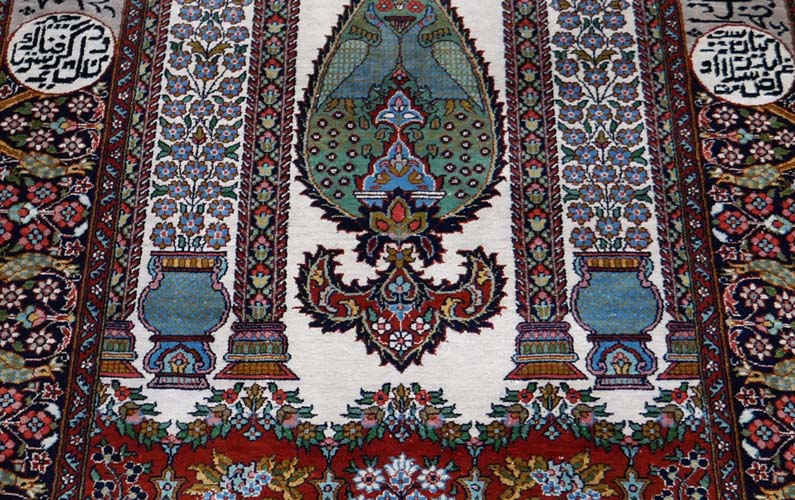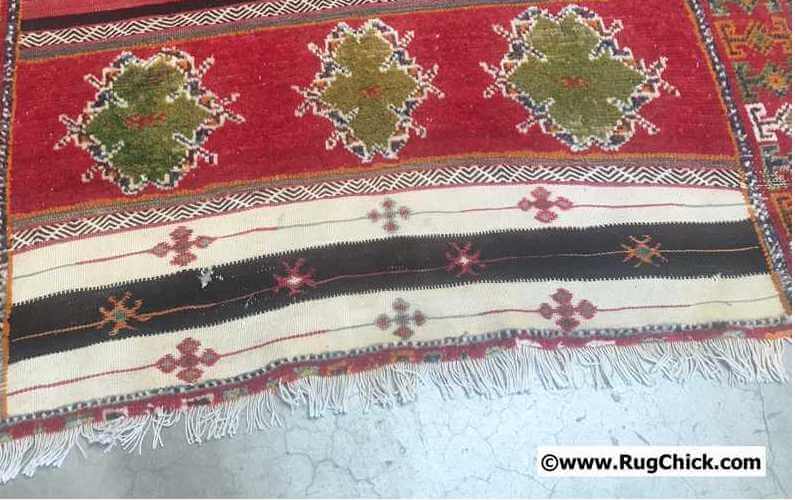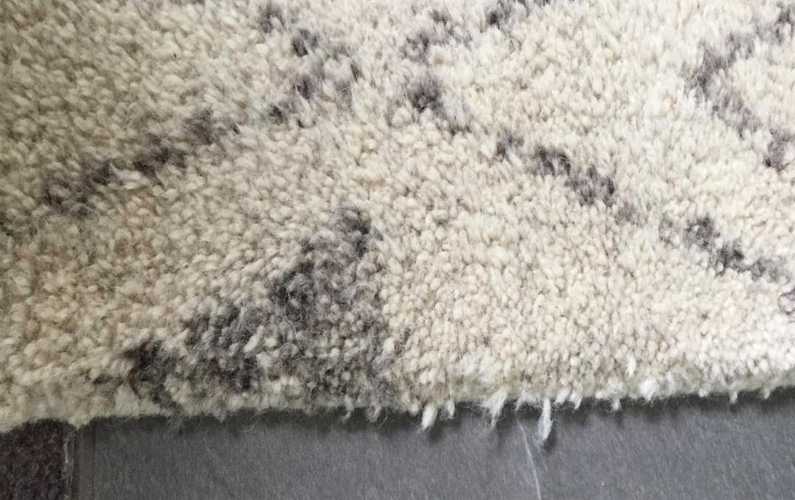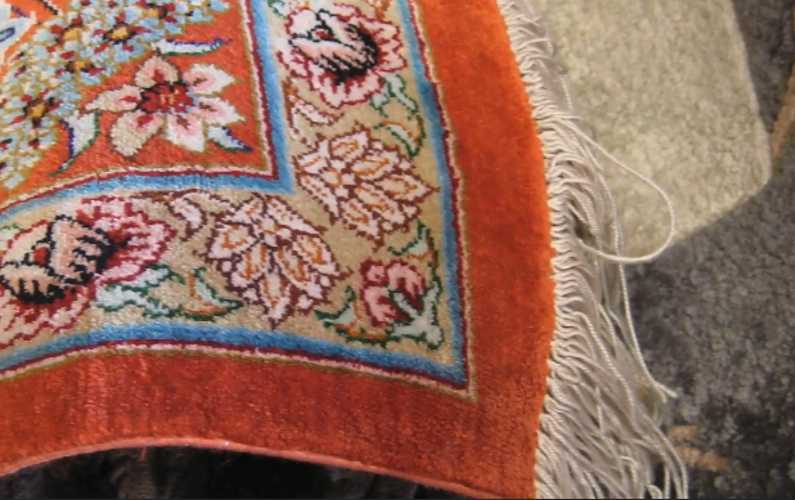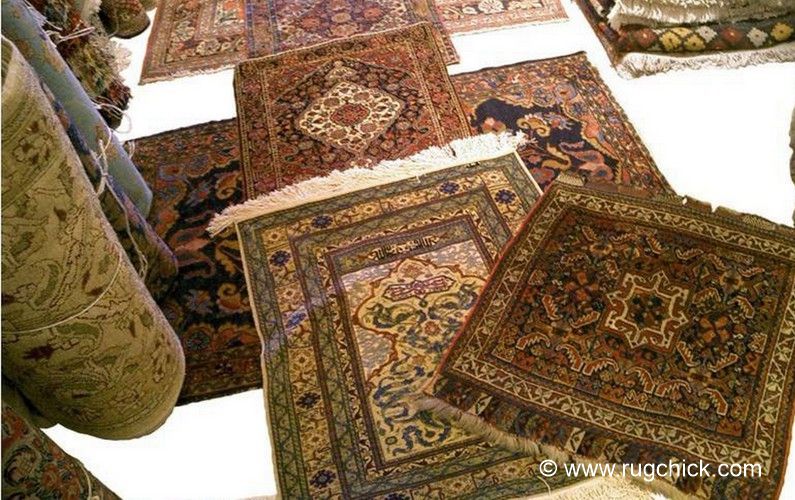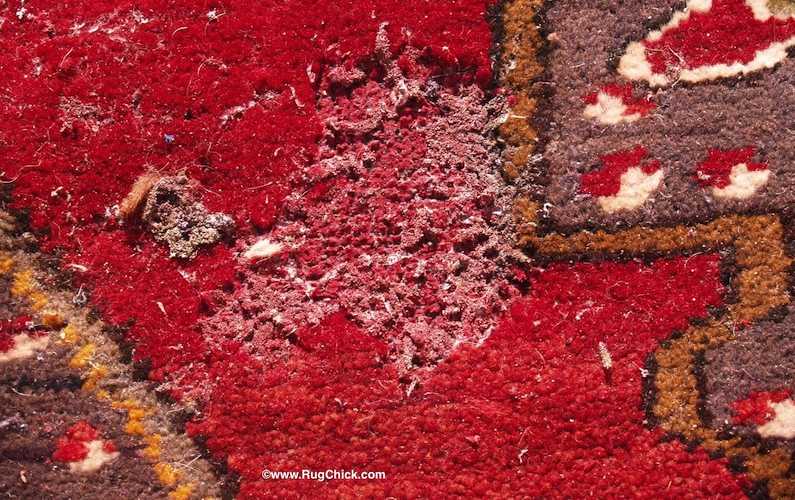When “Luxury” Isn’t. A Message to Rug Brands On What Is Slipping Through the Cracks.
There’s a reason so many “handcrafted” rugs are ending up in professional rug care facilities with serious structural problems after only a short time in use.
While the tags may say hand-woven, artisan-made, or heirloom quality, the performance sometimes tells another story… and the problems are not always obvious at first glance.
I don’t believe most luxury Rug Brands set out to sell a poor-quality rug. In fact, I’d argue the opposite.
I think many boutique Rug Design Houses genuinely want to source responsibly, support artisans, and offer their clients lasting quality.
But there is a critical piece missing for many of them:
weaving experience and education.
This is especially true for Interior Design companies, who carry the weight of needing to know “something about everything” – architecture, furniture, textiles, color theory, lighting, space planning. The knowledge required is enormous.
However, rug construction is a world of its own, with complexities that often go unseen unless you’ve worked with rugs across their full life cycle – from loom to living room to rug care plant.
When that experience is missing, it’s easy to miss the warning signs of textile trouble in rugs and fabrics.
And unfortunately, some rug producers and factories count on that. They know how to present a rug that looks the part, but may be hiding serious shortcuts just under the surface.
What Is Really Being Sold?
Let’s be honest here: if your brand is buying rugs at $4.90 per square foot wholesale, you know exactly what you’re getting.
There is no such thing as a hand-knotted, heirloom-quality rug at that price point.
That number is reserved for machine or hand-loomed rugs, often with hidden adhesives, synthetic stiffening agents (or sizing), and unstable foundations designed to look good in photos and last just long enough to sell at a hefty mark-up. Often through large volume companies with “all sales final.”
But what about those better quality Rug Brands who are actually paying fairer prices? Those Rug Design Houses working with smaller mills, striving to support “handmade” efforts in India, Nepal, Pakistan, Turkey, or elsewhere?
Whether you are a Rug Design House or a Boutique Brand, you may be investing with very good intentions.
Though, without a specialist’s eye involved, you can still be vulnerable to these same rug shortcuts slipping through the cracks of your product lines.
And this message is not just for the Brands – it’s also for Interior Designers specifying rugs for high-end projects, and consumers trying to make a wise, informed rug purchase.
Designers and homeowners often rely on rug dealers to guide their choices.
While there are of course knowledgeable and ethical rug dealers out there, there are also plenty who are NOT in that category.
Some simply don’t know much at all technically about the rugs they are selling. They truly do not know they are selling bad rugs.
And then there are the other ones who do know EXACTLY what they are selling.
These are the rug dealers who take joy in taking advantage of the lack of consumer knowledge about rugs.
These are the rug dealers who use lies to generate sales.
This is where a second opinion can be invaluable to you.
Think of it like buying a car. You wouldn’t hesitate to bring in a trusted mechanic to evaluate a vehicle before handing over your money, especially if the person selling it earns a nice commission.
The same applies to rugs. A short, unbiased consultation with someone who has nothing to gain from the sale can save you thousands.
It offers peace of mind and, in many cases, steers you toward a better-performing rug that actually lives up to its claims.
Common Shortcuts That Compromise Quality
Even Rug Brands and Retail Professionals with the best intentions can get blindsided when their rug production partners cut corners like:
- Clear adhesives or sizing applied to the back to hide flaws like buckling, loose wefts, or unanchored knotting. These treatments dry invisibly and aren’t always obvious—until the rug shrinks after cleaning.
- Edges that are not properly secured or finished, which quickly unravel with foot traffic or washing.
- Loomed rugs being presented as hand-knotted, often indistinguishable to the untrained eye.
- Nepalese-style “glowa” weaves constructed without a stable weft system, which can rip or shed under normal use.
- Wool blended with viscose to create a silk-like shine, which may look appealing but compromises durability and leads to shedding and wear.
- Lower-grade fibers mixed into the rug yarns to reduce material costs, often resulting in inconsistent texture, faster breakdown, and poor overall performance.
- Artificial silk fibers being sold as “real” silk at real silk prices.
- Machine made rugs having the edges finished by hand to mislead the buyers into paying handwoven rug prices.
- Chemical bleaching and harsh surface treatments used to create a uniform appearance or artificial aging effect, which can weaken the fiber structure and lead to premature fading, shedding, and wear.
These problems aren’t just cosmetic. They affect performance, cleanability, and longevity. And they often don’t show up until the rug is in a client’s home, or worse, in a rug cleaner’s hands, when it is much too late to fix or refund.
The Real Cost of Trust
Some shortcuts are visible. However, some require cutting into the rug to confirm construction, checking fiber content with microscopy, or chemically testing for adhesives, additives, and chemical residues.
This isn’t something you can catch from a product photo or a sales sample. (By the way, sometimes a “sample” and the real rug are not made in exactly the same manner.)
This is where experienced rug inspectors and rug care consultants can help. We are trained to identify the red flags that signal a rug won’t perform. We are the ones who wash and repair rugs regularly, and the ones who see which rugs perform well in real homes, and which ones do not.
Experienced rug care specialists know what good weaving looks like, what good fibers look like, and what good dyes look like.
And when we have the opportunity to open up rugs, when repairs are needed or when a rug is to be reduced in size, we have the opportunity to spot when shortcuts have been made from within, and we can SHOW the client exactly where corners have been cut in quality.
In today’s market, with more shortcuts and mass production than ever before, partnering with someone who understands the structural integrity of rugs is more than just smart. It’s unfortunately necessary.
A Better Way Forward. Finding Your Trusted Rug Friend.
This is a message to the Rug Design Brands, Interior Designers, and consumers who are not rug experts, but would like to have a trusted rug friend to lean on when they need one.
If there is no tracking or accountability in place, shortcuts are going to continue slipping through the cracks… because they can.
I scroll through the new rug collections online from many Rug Brands I truly admire, and my network of rug friends and I see wonderful choices, and red flags.
No company is immune to this, unless they have a quality control team that is experienced in weaving, fibers, and dyes to protect their production reputation.
Whether you’re a Rug Brand committed to better oversight, an Interior Designer who wants to deliver what was promised to your client, or a Homeowner who simply wants peace of mind that your investment is a sound one… there IS a better path forward.
What’s often missing is a neutral, experienced rug partner in the process, someone who knows rugs from the inside out. A rug expert. A rug advocate.
Someone who can step in not to sell, but to assess. To verify that what’s being sold is what’s being claimed. To spot flaws, offer care advice, and ultimately help everyone involved make confident, informed decisions.
When that kind of guidance is part of the equation, everyone wins: better rugs, fewer problems, and greater trust between maker, seller, and buyer.
If you need a Trusted Rug Friend – you are welcome to reach out through my contact form. I can connect you to someone in your region in my circle of Textile Pro Masters, or to a qualified local rug cleaning and repairing facility near you, or I can help you directly.
Good homes deserve good rugs that last a good long time. We want to try to highlight the bad rugs so you do not get trapped in a bad rug experience.
